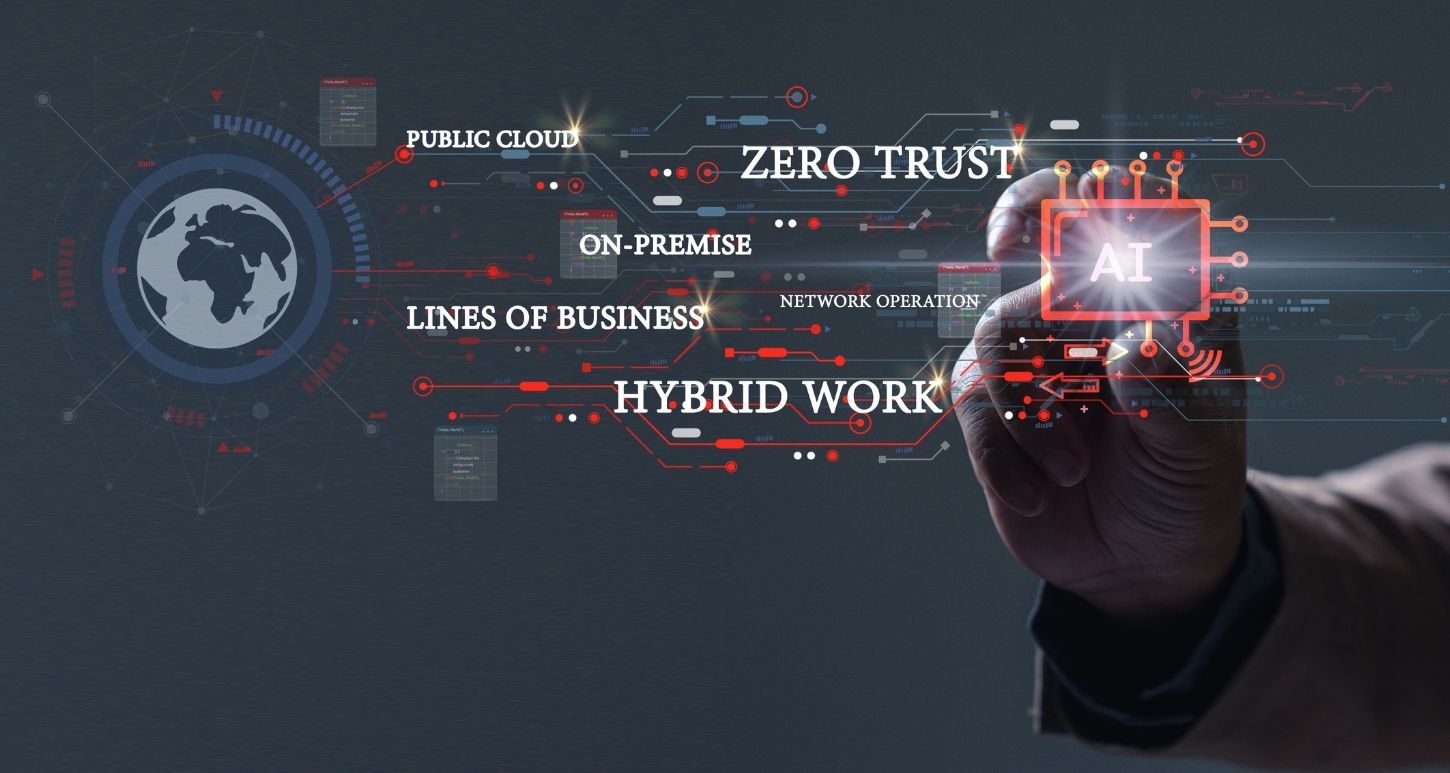By Richard Arneson
You can’t flip through a trade pub for more than twenty (20) seconds without reading one of these two (2) words, probably both: composable and hyperconvergence. Actually, there’s an extremely good chance you’ll see them together, considering both provide many of the same benefits to enterprise data centers. But with similarities comes confusion, leaving some to wonder when, or why, should one be used instead of the other. To add fuel to those flames of confusion, hyperconvergence and composable can, and often are, used together, even complement each other quite well. But, if nothing else, keep one (1) primary thought in mind―composable is the evolutionary next step from hyperconvergence.
In the beginning…
Hyperconvergence revolutionized data centers by providing them a cloud-like experience with an on-premises infrastructure. Since its inception approximately six (6) years ago (its precise age is up for debate), the hyperconvergence market has grown to just north of $3.5B. Hyperconvergence reduces a rack of servers down to a small, 2U appliance, combining server, software-defined storage, and virtualization. Storage is handled with software to manage storage nodes, which can be either physical or virtual servers. Each node runs virtualization software identical to other nodes, allowing for a single, virtualized storage pool comprised of the combined nodes. It’s all software-managed, and is especially handy in the event of equipment, or node, failure.
However, Hyperconvergence, for all its benefits, has one (1) primary drawback―storage and compute must be scaled together, even if one or the other doesn’t need to be scaled at that very moment. For instance, if you need to add storage, you also have to add more compute and RAM. With composable infrastructures, you can add the needed resources independently of one another. In short, hyperconvergence doesn’t address as many workloads as composable infrastructure.
…then there was composable
Whomever coined the term Composable Infrastructure is up for debate, but HPE was definitely the first to deliver it to the marketplace with its introduction of HPE Synergy in 2016. Today there are many vendors, in addition to HPE, offering composable solutions, most notably Cisco’s UCS and Dell EMC’s VxBlock. And each of these aforementioned solutions satisfies the three (3) basic goals of composable infrastructures:
- Software-Defined intelligence
- Creates compute, storage and network connectivity from pooled resources to deploy VMs, on-demand servers and containers.
- Access to a fluid pool of resources
- Resources can be sent to support needs as they arise. The pools are like additional military troops that are deployed where and when they’re needed.
- Management through a single, unified API
- A unified API means the deployment of infrastructure and applications is faster and far easier; code can be written once that addresses compute, storage and network. Provisioning is streamlined and designed with software intelligence in mind.
Talk to the experts
For more information about hyperconverged or composable infrastructures, contact the talented, tenured solutions architects and engineers at GDT. They’re experienced at designing and implementing hyperconverged and composable solutions for enterprises of all sizes. You can reach them at Engineering@gdt.com.




